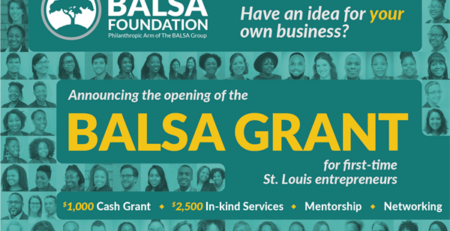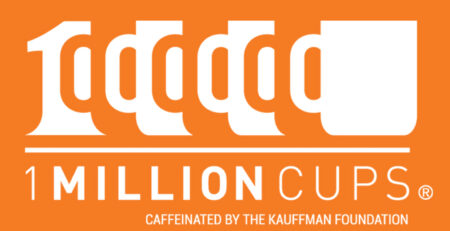Here Are the Latest Changes to PPP Loan Forgiveness for Small Businesses
If your small business applied for a Paycheck Protection Program (aka PPP) loan from the Small Business Administration to help you keep your workers employed during the coronavirus pandemic, listen up because new legislation has updated the forgiveness guidelines and might offer some flexibility for your small business. Plus, there’s also a new EZ version of the forgiveness application.
This is all important because if you’ve applied for PPP funds, you can apply for forgiveness. And it might be good to keep an eye out for other changes and developments because that might also change your strategy with this loan.
Here’s a summary of the new legislation’s main points compiled by the American Institute of Certified Public Accountants:
- Current PPP borrowers can choose to extend the 8-week period to 24 weeks, or they can keep the original 8-week period.
- New PPP borrowers will have a 24-week covered period, but the covered period can’t extend beyond Dec. 31, 2020.
- Borrowers can use the 24-week period to restore their workforce levels and wages to the pre-pandemic levels required for full forgiveness. This must be done by Dec. 31, 2020, a change from the previous deadline of June 30.
- Payroll expenditure requirement drops to 60% from 75% but is now a cliff—rather than a sliding scale—meaning that borrowers must spend at least 60% on payroll or none of the loan will be forgiven.
- Currently, a borrower is required to reduce the amount eligible for forgiveness if less than 75% of eligible funds are used for payroll costs, but you can still get partial forgiveness (on a sliding scale) if the 75% threshold isn’t met. U.S. lawmakers in Congress and the Senate have said the intention was to continue a sliding scale. If U.S. Treasury Secretary Steven Mnuchin doesn’t allow the sliding scale, there may be legislation to force that provision, so watch for that.
- New borrowers now have 5 years to repay the loan instead of 2 years. Existing PPP loans can be extended up to 5 years if the lender and borrower agree. The interest rate is still 1%.
- The legislation includes two new exceptions allowing borrowers to achieve full PPP loan forgiveness even if they don’t fully restore their workforce. Previous guidance already allowed borrowers to exclude from those calculations employees who turned down good-faith offers to be rehired at the same hours and wages as before the pandemic. The new bill lets borrowers adjust if they could not find qualified employees or were unable to restore business operations to Feb. 15, 2020, levels due to operating restrictions linked to COVID-19.
- The bill also allows businesses that took a PPP loan to also delay paying their payroll taxes, which was prohibited under the CARES Act.
New SBA EZ loan forgiveness application for PPP borrowers
In addition to revising the full forgiveness application, SBA also published a new EZ version of the forgiveness application that applies to borrowers who:
- Are self-employed and have no employees; OR
- Did not reduce the salaries or wages of their employees by more than 25%, and did not reduce the number or hours of their employees; OR
- Experienced reductions in business activity as a result of health directives related to COVID-19, and did not reduce the salaries or wages of their employees by more than 25%.
The EZ application requires fewer calculations and less documentation for eligible borrowers. Details regarding the applicability of these provisions are available in the instructions to the new EZ application form (which is linked below).
Both applications give borrowers the option of using the original 8-week covered period (if their loan was made before June 5, 2020) or an extended 24-week covered period.
These changes aim to make it easier for small businesses to realize full forgiveness of their PPP loan, according to an SBA release.
- Click here for the EZ Forgiveness Application.
- Click here for the instructions for the Paycheck Protection Program EZ Loan Forgiveness Application.
- Click here for the Full Forgiveness Application.
- Click here for instructions for the Paycheck Protection Program Loan Forgiveness Application (06-16-2020).
Other funding opportunities
There are funding opportunities through the U.S. Department of Commerce, Economic Development Administration. Fiscal Year 2020 EDA Public Works and Economic Adjustment Assistance Programs, including CARES Act funding, is currently accepting applications, and there will be a notice of funding opportunity for a national innovation and entrepreneurship challenge coming soon.
Explore these opportunities and more on our funding page.











Leave a Reply